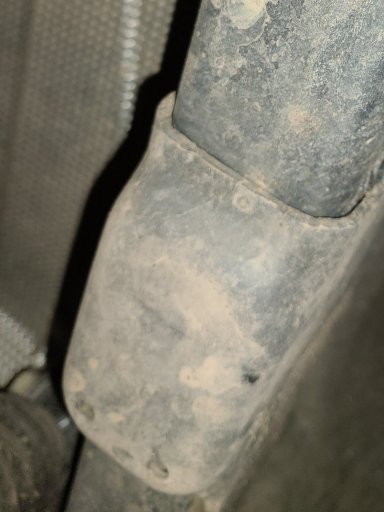
Advocate I
While it's pretty much impossible to have a Goldilocks setup that is great for all use, I have to do something about the on-road ride while towing our trailer. The main issue is expansion joints and other "sharp" bumps in the road that basically turns my rear suspension into solid metal sticks. I suspect the shocks I have back there are the primary cause and the valving just doesn't work with high load and sharp/quick suspension hits. During the drive back to IL from KOAR yesterday it was just horrid thanks to the roads we have around here, on the slower country roads I started paying close attention to how each sharp bump felt as the front, rear, and trailer axles went over them and 90% of the harshness was from my rear axle hitting the bump.
What have other folks done if they've experienced this? When not towing the ride is ok, and towing or not the more rolling bumps and dips are fine and get soaked up just fine.
Rather than wanting to play around with trying to find a well-rounded non-adjustable rear shock I ordered something I haven't used in over 20 years...a pair for Rancho RS9000s in the appropriate length for my truck + lift. I'm hoping this will give me the ride I'm after while towing by playing with the adjustment and just be able to adjust it based on road/terrain/ride quality in general.
My rear springs (as listed in my sig) are Deaver expedition leafs that give me about 2" of lift over stock with just my topper and Decked drawers and puts me at about 1.5" over stock when the trailer is hitched up.
I thought it might be the trailer itself tugging/jarring over the bumps but it's smooth and not jerky or harsh.
Anyway, hope the different shocks take care of it (or most of it). Not sure what else to do that doesn't involve a lot more work or re-engineering.
What have other folks done if they've experienced this? When not towing the ride is ok, and towing or not the more rolling bumps and dips are fine and get soaked up just fine.
Rather than wanting to play around with trying to find a well-rounded non-adjustable rear shock I ordered something I haven't used in over 20 years...a pair for Rancho RS9000s in the appropriate length for my truck + lift. I'm hoping this will give me the ride I'm after while towing by playing with the adjustment and just be able to adjust it based on road/terrain/ride quality in general.
My rear springs (as listed in my sig) are Deaver expedition leafs that give me about 2" of lift over stock with just my topper and Decked drawers and puts me at about 1.5" over stock when the trailer is hitched up.
I thought it might be the trailer itself tugging/jarring over the bumps but it's smooth and not jerky or harsh.
Anyway, hope the different shocks take care of it (or most of it). Not sure what else to do that doesn't involve a lot more work or re-engineering.




